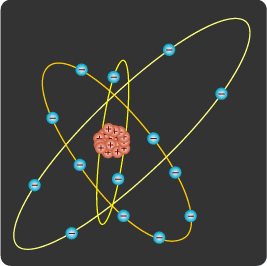|
|
The electroweak theory, which is an element of the Standard Model,
has acquired a strong reputation as a solid physical theory. Hence, many
people may take a claim to the contrary with a serious doubt.
These people are invited to read the following short note which
provides evidence whose examination indicates that it is
quite likely that the electroweak theory has indeed very serious
problems. Reader can see at the end a link to a scientific
article that proves this claim.
It is very well known that Quantum Field Theory (QFT) of the electromagnetic
interaction of a Dirac particle has a solid theoretical basis as well
as an amazing experimental success. By contrast, even after four decades,
QFT of the electrically charged
electroweak particle - the W boson - still has no theoretically valid
expression for its electromagnetic interaction and people use
an "effective Lagrangian"† as a basis for collider data analysis
(see [8,9] in the article linked below).
Considering the electromagnetic interaction,
one may wonder: Why the successful Dirac theory has
a mathematically solid expression
that is derived from a regular Lagrangian density whereas the electroweak
theory resorts to an "effective Lagrangian"? Relying on a
straightforward common sense, one infers that this evidence
indicates that there must be a very serious problem with the mathematical
structure of the
electroweak theory that prevents it from having a solid theoretical basis
for its electromagnetic formulas.
The following three-page article relies on Noether theorem
for a construction of the 4-current of a quantum particle, and
proves that indeed there is no theoretical basis for the electromagnetic
interaction of the W boson. Furthermore, it also proves that
the electromagnetic part of the "effective Lagrangian"
of the electroweak theory is unacceptable because it is
inconsistent with fundamental theoretical requirements. See
E. Comay, p. 144,
in.
† Articles discussing the electromagnetic
W effective interaction call
the expression "effective Lagrangian" instead of the standard
terminology "effective Lagrangian density". This phrasing is not
changed herein.
|
|
|

